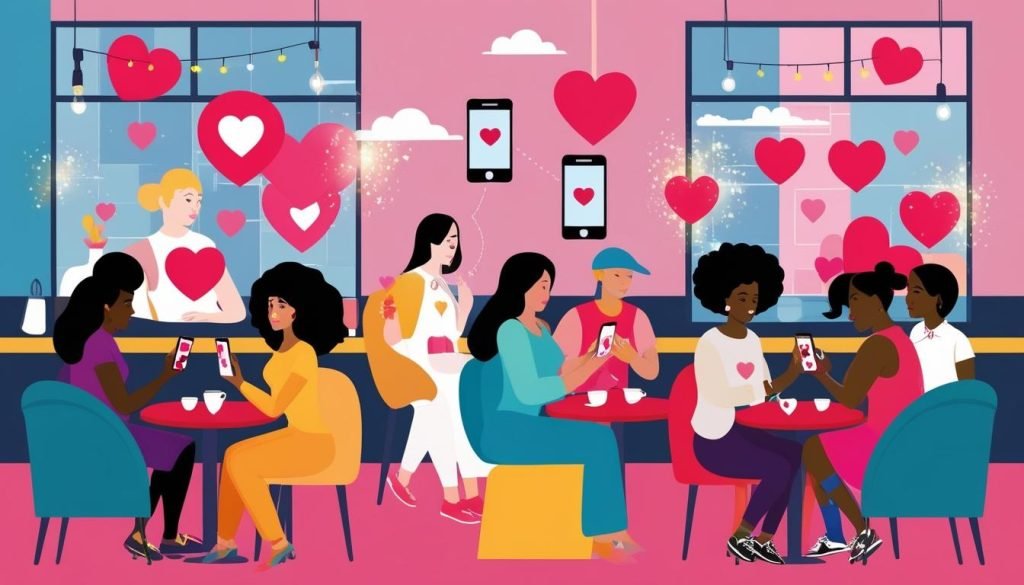As users navigate platforms like Tinder and Hinge, opinions diverge on whether investing in paid features truly enhances the dating experience.
In today’s digital age, the process of finding a romantic partner often unfolds amidst the ever-dynamic landscape of dating apps. With an array of platforms such as Tinder, Hinge, Feeld, and Raya, the pursuit of meaningful connections has become a complex endeavour that many find both intriguing and perplexing. As individuals navigate the intricacies of these digital spaces, a lingering question surfaces: do paid offerings truly enhance the experience of online dating?
Keara Sullivan, a creator known on TikTok as @superkeara, encapsulated the sentiment prevalent among many singles. She conveyed in a viral video that those fortunate enough to have found a partner on a dating app in recent years were akin to individuals catching “the last chopper out of ‘Nam.” A year on, many users have expressed frustration, claiming the romantic pool remains scant, a sentiment echoed by the rise of “situationships”—a term now entrenched in modern dating lexicon.
Amidst these discussions, paid dating app services—such as Raya, Tinder Gold, and Feeld Majestic—have emerged as potential solutions, promising a more refined experience for those willing to invest. Users pay subscription fees with the hope of increasing their chances of meeting someone significant, an idea that has both supporters and critics.
Kelly, a 26-year-old Hinge+ and Feeld Majestic subscriber, noted that paying for these services allows her to encounter more potential matches that pique her interest. However, she expressed scepticism, suggesting that the apps may withhold appealing profiles to encourage continued subscription payments.
Sam, 32, enjoys using Feeld Majestic for its inclusivity, particularly while travelling, as it enables him to connect with individuals of varying sexual orientations. However, Sam questions the value of paying for Raya, describing it as a platform more suited for “window-shopping” queer celebrities.
Maggie, 35, also of the opinion that Feeld Majestic is cost-prohibitive, said, “It’s too high for what you get,” but it does allow her to see who engages with her profile. This transparency comes at a price she reluctantly pays to enhance her dating prospects.
Flora, 20, who subscribes to Raya, expressed dissatisfaction with her experience, finding it difficult to make meaningful connections. She prefers meeting potential partners in person, suggesting that digital interactions sometimes fall short of fostering genuine relationships.
Blythe, 29, shared a positive outlook on Feeld Majestic, highlighting its appeal to those seeking authentic and compassionate connections. As a queer trans woman, Blythe finds the platform advantageous in finding like-minded individuals who articulate their desires openly.
Conversely, Gaby, 34, took a hiatus from Feeld Majestic after three months, deeming other paid features on Hinge and Bumble less valuable. Her experience underlines the variable effectiveness of premium app features.
Rachel, 30, compared Feeld Majestic favourably to Tinder Gold, describing it as a more valuable investment despite its higher cost. However, she ultimately found in-person events and speed-dating more beneficial for her romantic pursuits.
As individuals continue to explore these platforms, the debate over the value and efficacy of paid dating apps is unlikely to abate. While some find their subscriptions justified by improved interactions, others remain sceptical of the return on investment. Amidst these divergent experiences, the search for love continues, both online and off.
Source: Noah Wire Services





